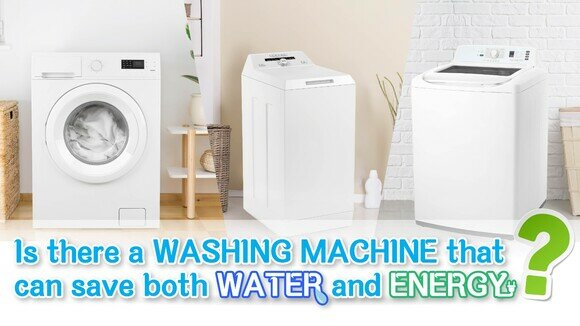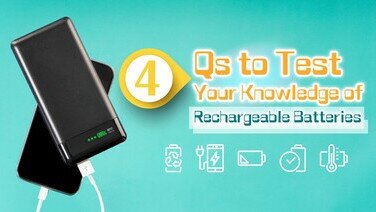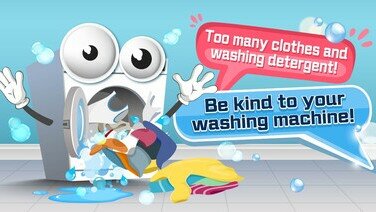3 different types of washing machines
1) Front-loading type (commonly referred as ‘Big Eyes’); 2) European top-loading type which typically has a narrower body, and 3) Japanese top-loading type (also known as the impeller type). In front-loading and European top-loading types, the drum rotates around a horizontal axis and the clothes are tumbled inside the drum. In impeller type, the drum rotates around a vertical axis.
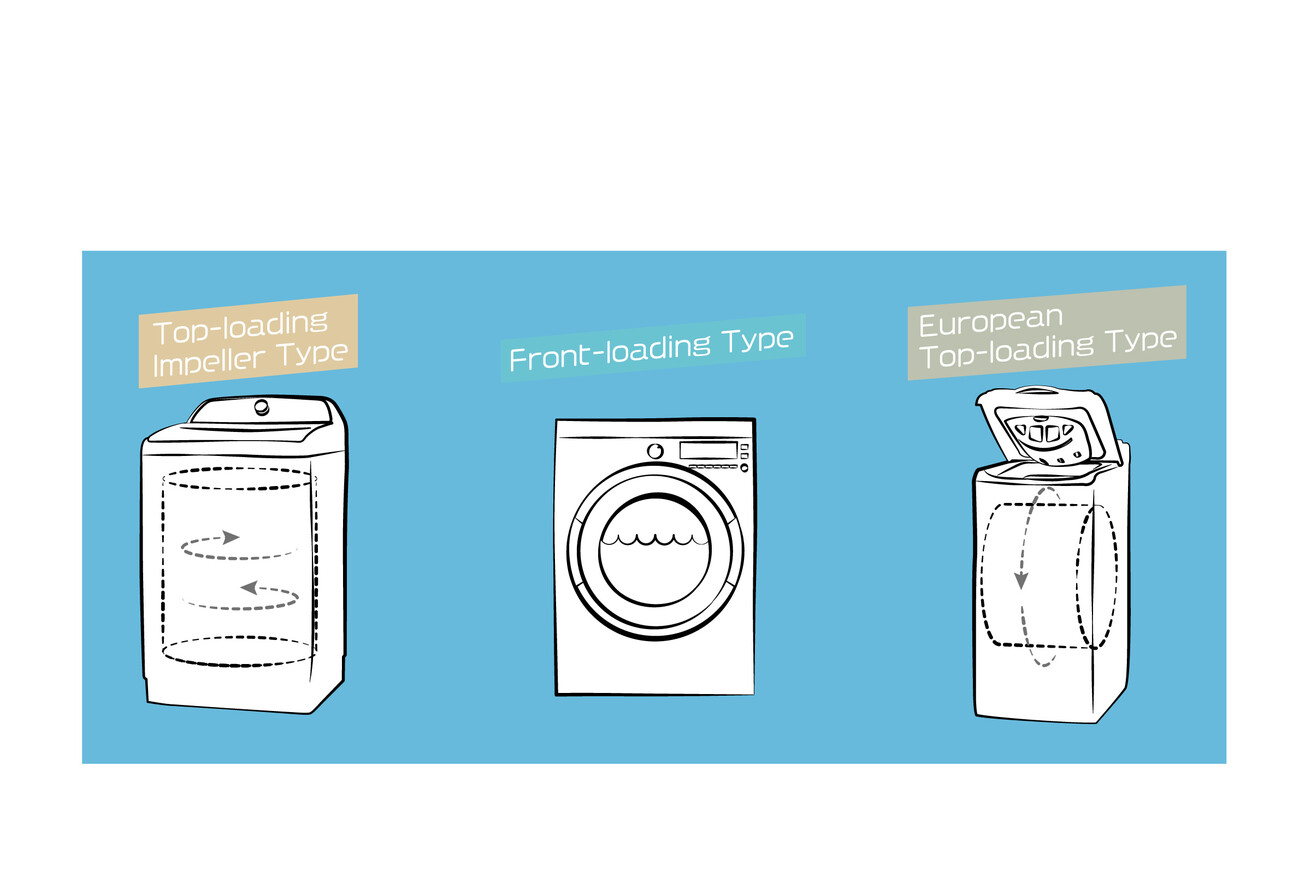
Performance showdown
The Consumer Council recently tested 18 washing machine models on their energy-saving and water-saving performances, cleaning performance, noise level and vibration reduction, etc. Here is a summary of the results for your reference:
| Which type had the best cleaning performance? | In general, the front-loading and European top-loading models which could heat up water seemed to be more effective in delivering the cleansing power of laundry detergent. Although the impeller models did not have any heating function and washed with room-temperature water only, the test results showed that some models did not necessarily give inferior cleaning results. |
|---|---|
| Duration of the washing phase | For the same type of washing machine, the longer the washing phase, generally the cleaner the laundry would be. Many models had a ‘quick wash’ cycle which, e.g., could complete washing, rinsing and spinning within 15 minutes. However, this cycle should only be used for smaller load and less-soiled clothes. |
Which type had the least detergent residuals after rinsing? | The lesser the amount of detergent remained on the clothes, the better the rinsing performance was. A number of the front-loading and impeller models scored well in this test! |
Were the clothes still very wet after spinning? | The water-extraction performance of the tested models varied. For example, in ‘cotton clothing’ session, the front-loading models varied between 42% and 112% in remaining moisture content. Due to their lower spinning speed, the impeller models generally had inferior water-extraction performance. |
Which type of washing machine has the shortest wash cycle?
To complete the laundry in a fast fashion can be very helpful when you face endless housework. Which type of washing machine has a shorter wash cycle?
In the test, all the impeller models performed well, taking about 7 to 20 minutes to wash each kilogram of clothes. The performance of the front-loading models varied significantly, taking about 17 to 59 minutes for each kilogram of laundry. European top-loading models took longer on average with 32 to 44 minutes for each kilogram of laundry.
Achieving water and energy savings at the same time may not be possible
Wishing that your washing machine can save water and energy at the same time? Well, it may not be possible in reality!
In terms of energy consumption, since the impeller type does not have a heating function, and the spinning speed is generally lower as well as their wash cycles are often shorter, in general, they consume less energy than the front-loading type and European top-loading type.
In terms of water consumption, since the clothes are tumbled in the front-loading and European top-loading models, there is no need to fill up the whole drum with water. Therefore, they generally use less water than the impeller type.
Furthermore, using cold water or turning on the ‘eco’ mode can help save energy. Sorting clothes according to their materials and soil level, and using the appropriate wash cycles can help achieve water and energy savings more effectively!
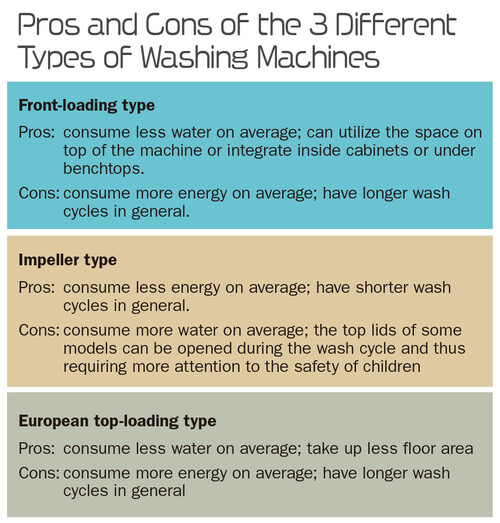
Pay attention to child safety features
In terms of child safety features, the front-loading and European top-loading types are better as their doors are locked during the wash cycle. Because the drum opening of the impeller type is on top and wider in general, if the child lock function is not activated, the risk of children accidentally falling into the machine is higher. Moreover, the drum is filled with water during the wash cycle, which may not be drained automatically when the lid is opened, thus children may drown if they accidentally fall headfirst into the drum. Therefore, parents must pay attention to whether the washing machine is equipped with a child lock function when purchasing as it will help reduce the risk of accidents.
Maintenance tips
It is not cheap to buy a washing machine, so how to maintain and use it properly to prolong its useful life?
- Some models have a "drum cleaning" cycle, which should be used at least once a month. Consumers can also clean the drum regularly by running a hot water cycle with an empty drum (i.e., without any clothes and detergent).
- Avoid washing too many clothes at one time to reduce the vibration level of the drum during high-speed spinning. This can reduce the chance of mechanical damage.
- Use an appropriate amount of laundry detergent according to the instructions on the packaging. Using too much detergent may result in excessive foam and affect the operation of the machine.
- If the spinning speed is adjustable, consider lowering the speed to reduce the chance of mechanical damage as well as wear and tear on clothes.
Extra: Some ‘eco’ tips
- Use cold water or the ‘eco’ mode to help save energy. Sort clothes according to their material and soil level and use the appropriate wash cycle in accordance with the user’s manual. This can help save water and energy more effectively.
- Try to wash with a full load.
- Using excessive amount of laundry detergent may not enhance the cleaning performance. It will only be a waste of money and may even cause environmental pollution.
For the full report on the test, please refer to the article ‘Impeller-Type Front-Loading Type European Top-Loading Type Which Model Consumes Less Energy or Water’ (Chinese version only) in issue # 529 of CHOICE Magazine.



